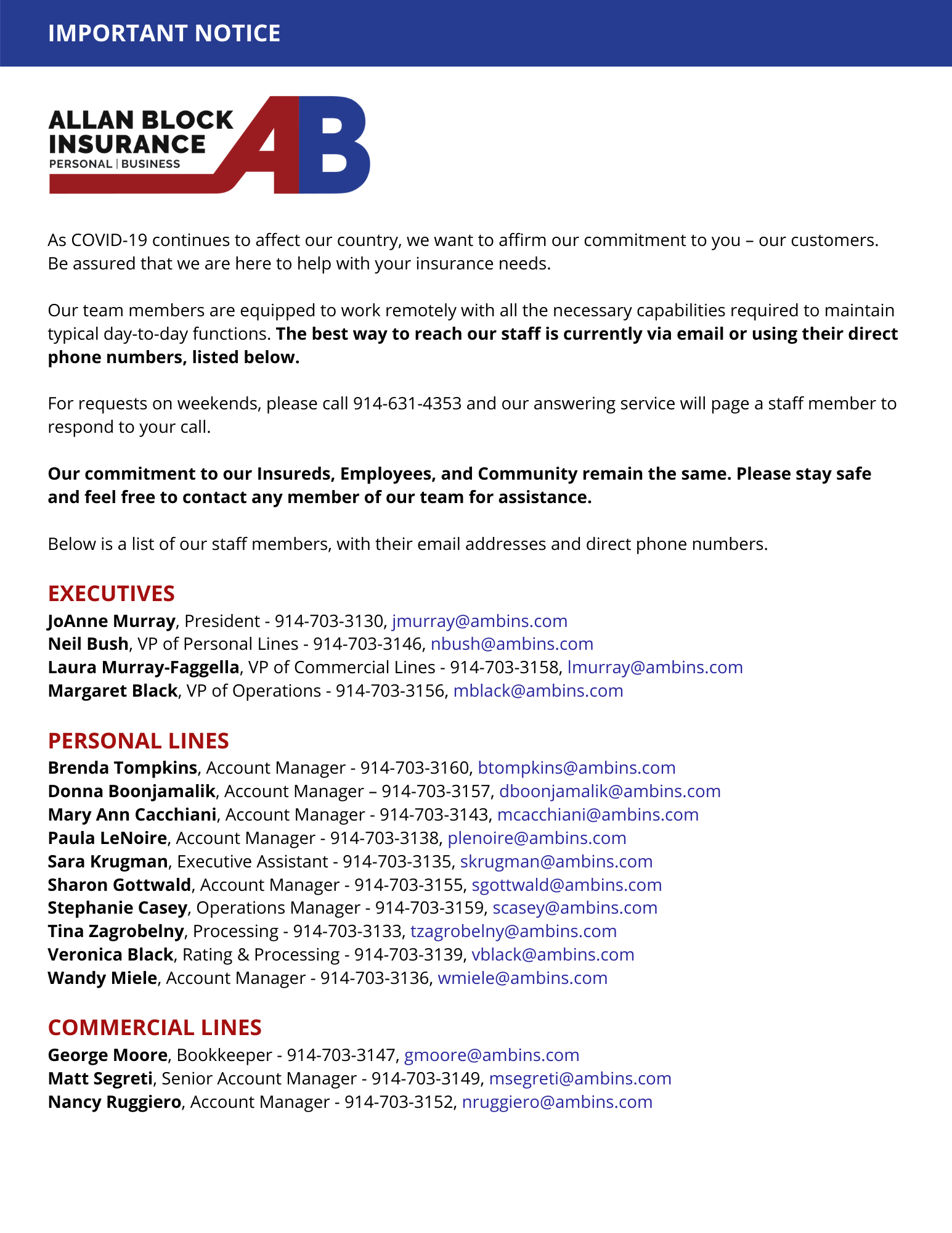Most commercial packages include some form of business income coverage, but do you know what this term means and what amount of money is enough?
As a business owner, you must consider your normal operating expenses in a given month: payroll, rent, and other overhead costs. You must also consider profits in a given month and if those profits vary throughout the year (e.g., seasonal profits). There are intricate spreadsheets that your insurance agent or broker can help you navigate if you want to determine an accurate number. These spreadsheets ask for a lot of data, but much of it can be gathered from an annual financial report.
Another item to consider is the term “business income with extra expense.” Maybe you have a business that requires a brick-and-mortar facility with certain equipment to operate. What if you experience a loss that destroys that equipment or you need to rent space elsewhere while your building is repaired?
The “extra expense” part of business income coverage gives you money for rented equipment and expedited payouts to get up and running in temporary operations so that you do not lose your customers. You may also have to hire temporary employees during this time frame—again, an extra expense to consider.
On the other hand, your business may be able to operate without your brick-and-mortar facilities and people could work at home if your building burned down. But don’t write off the “extra expense” exposure just yet! There are other incidents that can cause business income interruptions.
As part of your business continuity plan, you should look at business income disruption exposures and talk to your agent or broker about options for protecting against crippling revenue and expenditure events.



